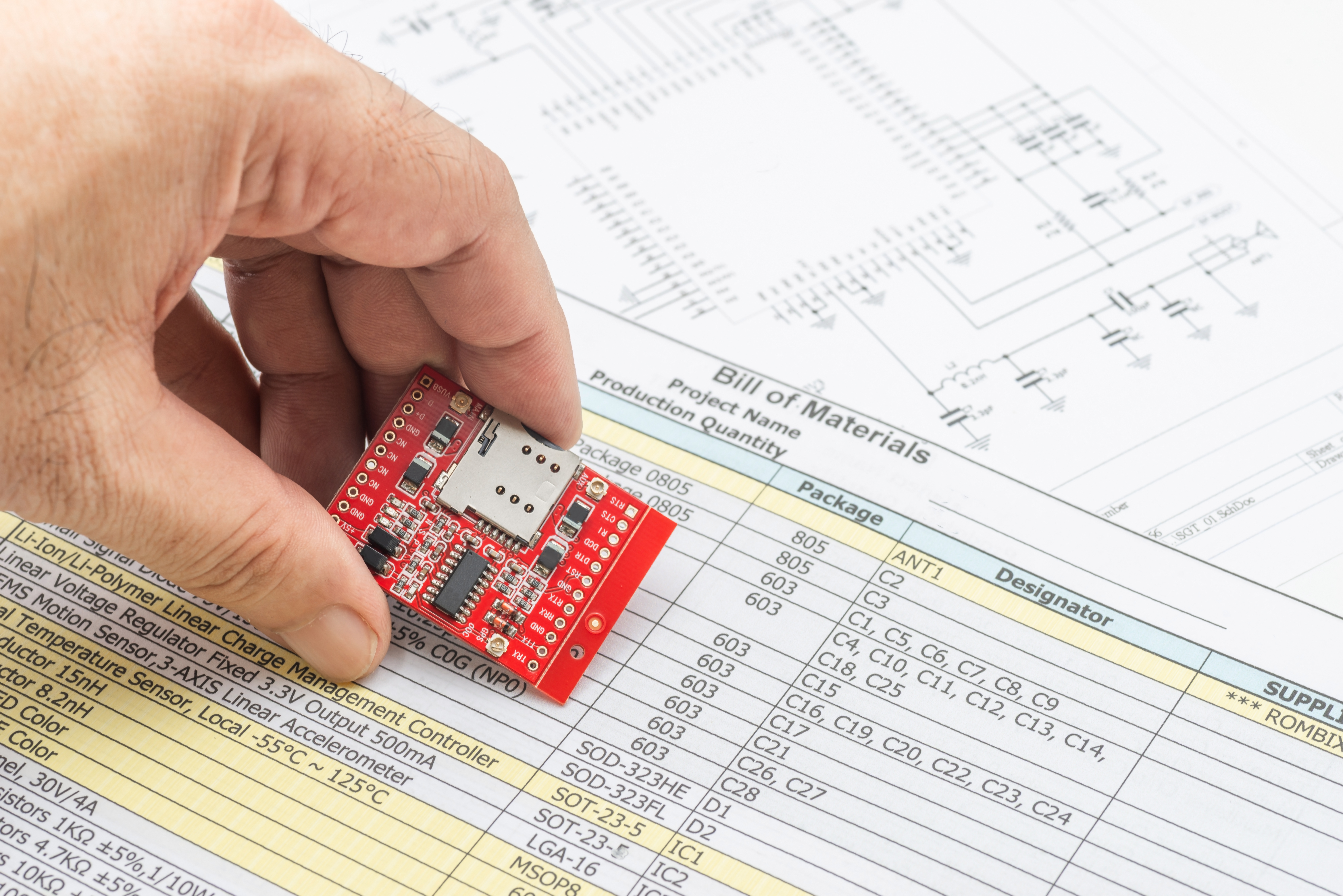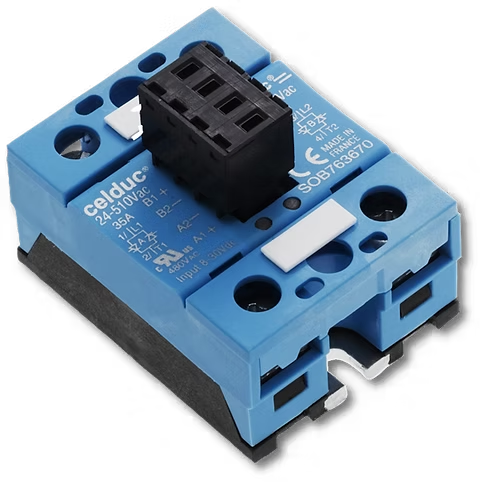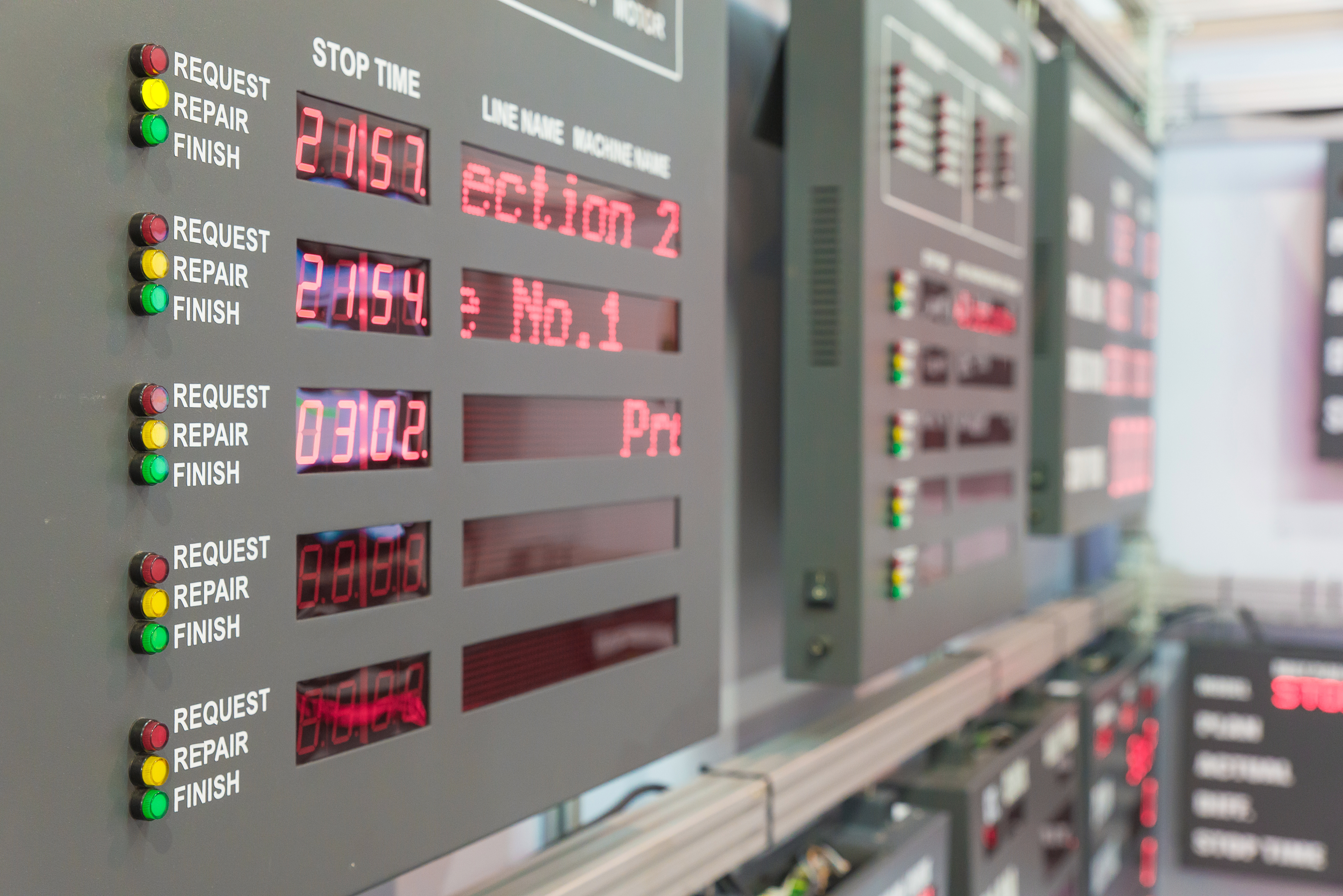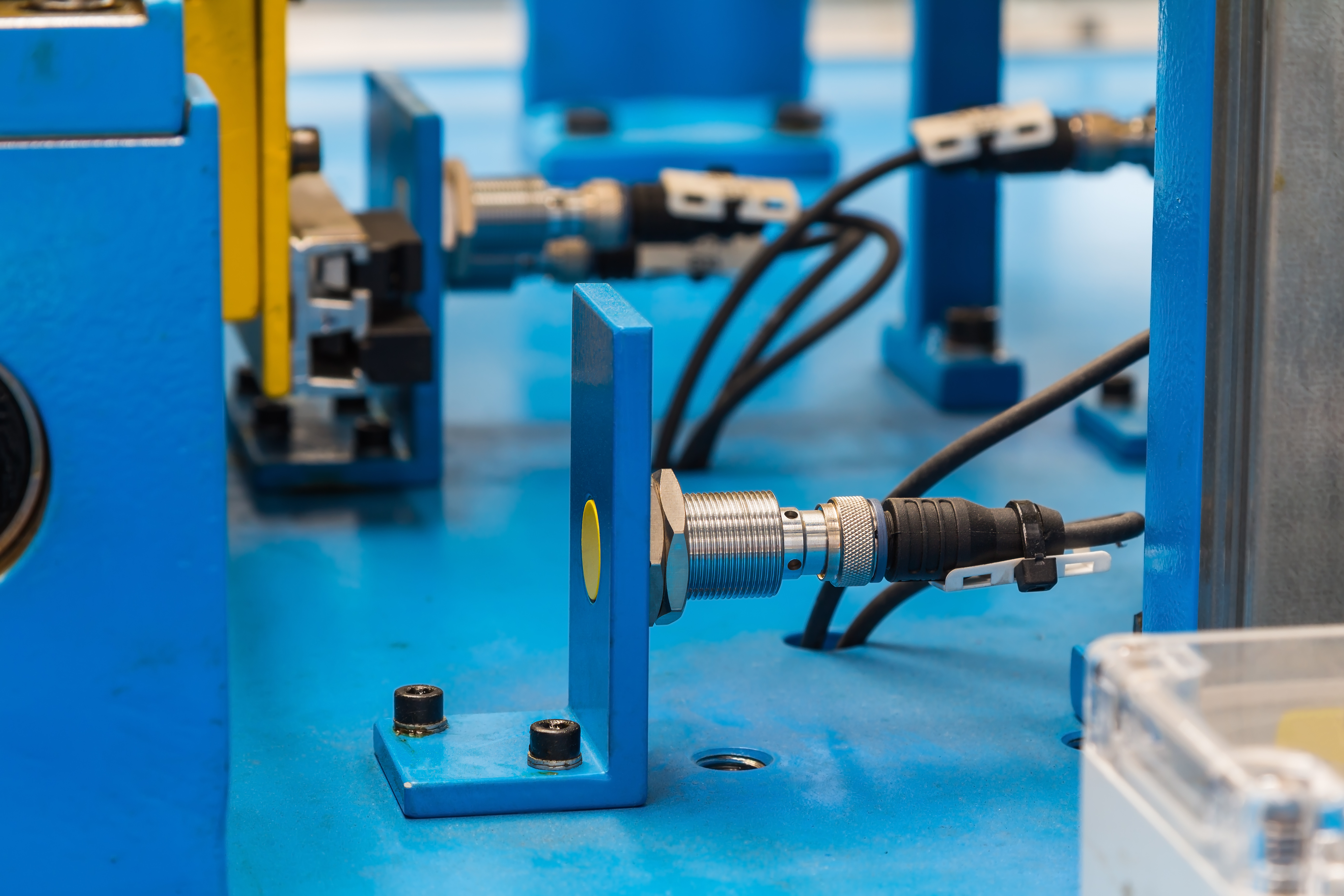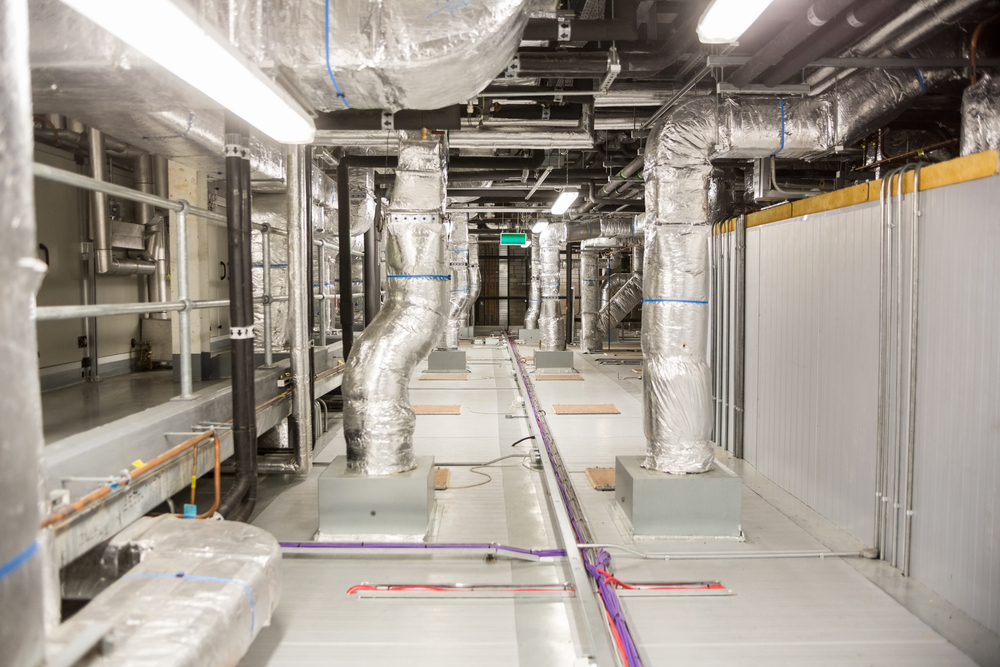Condition monitoring is a powerful tool in manufacturing and industrial equipment maintenance. It enables businesses to enhance efficiency, reduce downtime, and make informed decisions about the health and performance of their machines. In this blog, we will explore the concept of condition monitoring, its importance, various techniques, and its benefits.
What is Condition Monitoring?
Condition monitoring is the process of assessing a machine's health and performance over a period. It involves monitoring various parameters like efficiency, wear and tear on parts, performance indicators such as output of defective parts, usage statistics, and maintenance statistics. By analyzing these parameters, businesses can make proactive decisions based on the current health of their equipment.

Condition Monitoring vs. Machine Monitoring
It's essential to understand the difference between condition monitoring and machine monitoring. While condition monitoring deals with diagnosing the health of a machine based on various measured conditions, machine monitoring provides a simple machine status: Is the machine productive or not?
Machine monitoring is helpful as it provides machine uptime data so operators and maintenance teams can react quickly to downtime events. However, it lacks the deeper machine analytics provided by condition monitoring, which helps diagnose problems and optimize asset performance.
Importance of Condition Monitoring
Evaluating a machine's well-being over time is at the core of condition monitoring, encompassing aspects like efficiency, wear and tear, and maintenance data. Presently, many manufacturers adhere to a reactive or calendar-based maintenance strategy due to a lack of machine health information, resulting in unnecessary expenses and downtime. Condition monitoring steps in by offering real-time data on machine condition, empowering proactive decision-making based on immediate equipment status. This proactive approach not only cuts downtime but also enhances production efficiency, delivering substantial benefits to the overall production process. From extending longevity to minimizing downtime and reducing part costs, the advantages of condition monitoring are undeniable.
Condition monitoring is an evolution of predictive or proactive maintenance used in various industrial sectors. The cost of vibration sensors has decreased, making them more accessible to a broader range of equipment. In addition, the development of high-precision accelerometers and the FFT algorithm has allowed for rapid tools for diagnosing the condition of machines. Other emerging technologies such as ultrasonic, thermography, acoustic sensors, and directional microphones have also been employed. Condition monitoring can significantly improve plant availability and reduce costs; however, there are upfront costs for training and appropriate instrumentation.
Types of Machine Condition Monitoring Techniques
There are three main types of machine monitoring techniques:
Manual condition monitoring involves inspecting equipment for wear and tear and documenting equipment failures, temperature, and other relevant data. This analog technique requires a person to be on-site to gather the information and expects a degree of accuracy that humans are not generally designed for.
Machine control and sensor-based monitoring involve extracting data directly from the machine control or using digital and analog I/O or machine sensors to collect and assess data. However, many basic sensors in manufacturing environments can experience issues like being knocked over or imprecise due to being bumped or affected by chemical or heat conditions.
Leveraging IoT (Internet of Things) takes machine condition monitoring to the next level by allowing remote machine monitoring and utilizing cloud-based software to aggregate data, run analytics, create reports, and more. IoT also opens the possibility of condition-based maintenance, often in real-time.
Conditions and Components that Can be Monitored
Some numerous conditions and components can be monitored to identify trends, predict failures, and implement condition-based maintenance activities. Some of these include:
- Vibration Monitoring
- Bearing Wear
- Load
- Torque
- Acceleration
- Spindle Speed
- Temperature
- Tool Failure
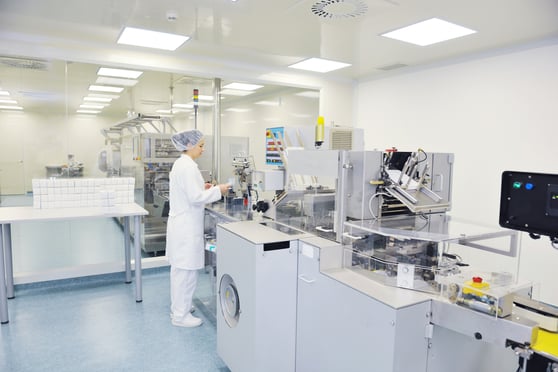
Benefits of Condition Monitoring
The benefits of condition monitoring are numerous. Some of the primary advantages include:
- Increasing Equipment Longevity: Identifying specific parameters that are continuously out of expected ranges so you can assess and repair underlying issues before a downtime event or long-term, costly damage occurs.
- Boosting Production Efficiency: Condition monitoring can help decision-makers determine whether to continue production using partially damaged equipment and for how long without incurring additional costs or reducing product quality. This limits downtime and part costs, allowing machines to be used efficiently.
- Reducing Unplanned Downtime and Optimizing Machine Health: Condition monitoring supports various goals for manufacturers, such as reducing and eliminating unplanned machine downtime, improving machine health and performance, enhancing the quality and reducing scrap parts, driving higher-performing maintenance programs, and enabling automation based on real-time machine condition data.
Condition monitoring tools
In today's fast-paced industrial world, condition monitoring tools have become essential to ensuring operational efficiency and avoiding unexpected downtimes.
Sensors and transducers
Sensors and transducers measure various parameters like vibration, temperature, humidity, and pressure. These tools are particularly useful in monitoring the condition of "continuously running" machines and equipment, as even minor issues can escalate into significant problems if left unaddressed.
Electrical monitoring
Condition monitoring has become an essential practice in the industrial world as more and more equipment is built to IoT standards. With the help of sensors installed on machines and equipment, patterns can be analyzed to identify potential failures and defects that could result in downtime or safety issues. Various techniques are used for condition monitoring, including oil analysis, vibration analysis, motor circuit analysis, thermography, and ultrasonic monitoring. However, electrical monitoring is also an effective method for determining a machine's condition. Electrical signature analysis (ESA) is a widespread technique under electrical monitoring that analyzes deviations in electrical parameters to identify potential faults or defects.
Industrial communication & Signal conditioning
Industrial communication & signal conditioning are two essential aspects of condition monitoring tools. Industrial communication refers to the exchange of information between different system components. At the same time, signal conditioning involves using devices to modify or amplify electrical signals for processing by other equipment.
They help ensure that all system components work together seamlessly and that sensor signals are accurate and reliable. In addition, with effective communication and signal conditioning, operators can detect potential machinery issues before they become significant problems, thereby reducing downtime and maintenance costs and improving overall efficiency.
The Future of Condition Monitoring
The future of condition monitoring looks bright and promising, thanks to the advent of the industrial Internet of Things (IIoT). This technology has revolutionized the way we monitor and manage equipment in industries. With IIoT, machines are connected to the internet, and sensors are installed to collect real-time data about their performance. This data is then analyzed using machine learning algorithms to detect anomalies or potential failures.
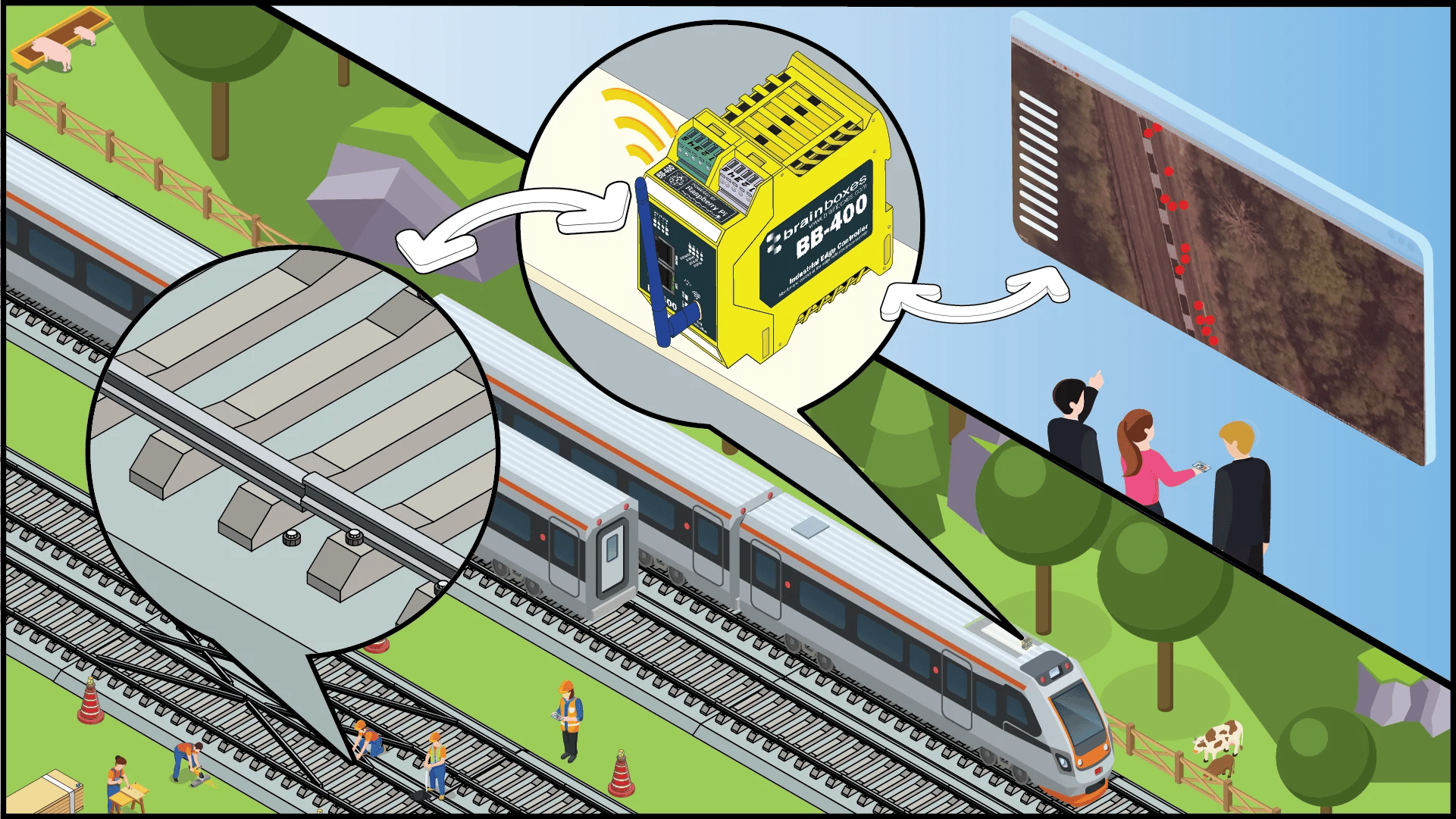
One of the most significant advantages of IIoT-based condition monitoring is that it enables predictive maintenance. Instead of waiting for a machine to break down, companies can proactively identify and fix issues before they become significant problems. This saves time and money, increases overall equipment effectiveness (OEE), and reduces downtime.
Another benefit of IIoT-based condition monitoring is greater visibility into equipment performance. Companies can monitor their assets from anywhere worldwide and receive alerts when something goes wrong. This enables them to make data-driven decisions and optimize their operations for maximum efficiency.
In general, IIoT is transforming the way companies approach condition monitoring. Its ability to collect real-time data and analyze it using advanced algorithms is revolutionizing the industry. As more companies adopt IIoT-based solutions, we expect to see even more significant improvements in equipment reliability and efficiency.
Applications of Condition Monitoring
Condition monitoring involves using various techniques and tools to detect and diagnose faults in machinery and equipment. One such technique is intelligent systems, which incorporate artificial intelligence (AI) to analyze data and identify potential problems before they occur. The Intelligent Condition Monitoring and Diagnosis System is an excellent example, focusing on practical applications of intelligent techniques for practicing engineers. AI can quickly analyze large amounts of data and provide accurate diagnoses, allowing faster and more efficient maintenance.
Another helpful tool in condition monitoring is finite element method (FEM) simulations, which can be used to monitor power transformer windings. These simulations can provide valuable insights into the behavior of the windings under different conditions, allowing for early detection of potential issues. A study reviewing the use of FEM simulations in condition monitoring found that they have great potential for improving the accuracy and efficiency of monitoring systems.

Overall, condition monitoring applications are vast and varied, constantly developing new techniques and tools. By staying up-to-date on the latest developments, engineers can ensure that their monitoring systems are as effective as possible, leading to increased reliability and reduced downtime. In addition, the focus on practical applications of intelligent techniques and FEM simulations shows just how important this field is becoming in modern industry.
In conclusion, condition monitoring is an essential tool for businesses looking to optimize their operations, reduce downtime, and maximize the performance of their assets. By understanding the importance of condition monitoring, implementing the proper techniques, and leveraging modern technology, businesses can unlock the true potential of their equipment and thrive in today's competitive market.
TLDR?
FAQ - Ultimate Condition Monitoring Guide: Boost Efficiency, Reduce Downtime
-
What is condition monitoring? Condition monitoring is continuously monitoring the condition of machinery and equipment to detect deviations from normal operating conditions. It involves using various techniques and tools to collect data, analyze it, and identify potential issues before they lead to equipment failure or downtime.
-
Why is condition monitoring important? Condition monitoring plays a crucial role in maintaining the efficiency and reliability of industrial machinery. Organizations can identify early signs of equipment deterioration by monitoring key parameters such as temperature, vibration, lubrication, and more, prevent unexpected breakdowns, and minimize costly downtime.
-
What are the benefits of implementing condition monitoring? Implementing condition monitoring brings several benefits, including:
- Increased equipment reliability and availability.
- Reduced maintenance costs through optimized maintenance scheduling.
- Enhanced safety by detecting potential hazards early.
- Improved energy efficiency by identifying and addressing inefficiencies.
- Extended equipment lifespan through proactive maintenance practices.
-
What are some standard condition monitoring techniques? Common condition monitoring techniques include vibration analysis, thermography (infrared imaging), oil analysis, ultrasonic testing, motor current analysis, and equipment performance monitoring. These techniques provide valuable insights into the health and performance of machinery.
-
How frequently should condition monitoring be performed? The frequency of condition monitoring depends on various factors, such as the criticality of the equipment, its operating conditions, and the manufacturer's recommendations. Condition monitoring can generally be performed periodically (e.g., monthly or quarterly) or continuously using online monitoring systems.
-
Can condition monitoring be integrated with existing maintenance strategies? Absolutely! Condition monitoring can be seamlessly integrated with existing maintenance strategies. Organizations can enhance their maintenance planning, prioritize repairs, and make data-driven decisions by incorporating condition monitoring data into a Computerized Maintenance Management System (CMMS) or an Enterprise Asset Management (EAM) system.
-
Is condition monitoring suitable for all types of equipment? Condition monitoring applies to various equipment across various industries, including rotating machinery (e.g., motors, pumps, turbines), electrical systems, hydraulic systems, and more. However, the suitability of specific condition monitoring techniques may vary depending on the equipment type and its critical components.
-
How does condition monitoring contribute to predictive maintenance? Condition monitoring forms the foundation of predictive maintenance. By continuously monitoring the state of equipment, organizations can detect early warning signs of failure, predict maintenance needs, and take proactive measures to address issues before they escalate. This approach helps minimize unplanned downtime and optimize maintenance resources.
-
What are the challenges associated with implementing condition monitoring? Implementing condition monitoring may pose a few challenges, such as:
- The initial investment in monitoring equipment and systems.
- Data collection, storage, and analysis complexity.
- Training and skill development for personnel involved in monitoring and analysis.
- Integration with existing maintenance processes and procedures.
- Overcoming resistance to change and ensuring organizational buy-in.
- Where can I learn more about condition monitoring? You can explore additional resources such as industry publications, professional conferences, webinars, and online training courses to learn more about condition monitoring, its techniques, and best practices. Additionally, consulting with experts in the field or partnering with specialized condition-monitoring service providers can offer valuable insights and guidance.
The FAQ section is a general reference and may not cover all aspects of condition monitoring. Therefore, you should consult industry professionals or subject matter experts, such as Dynamic Measurement and Control Solutions, for specific questions or tailored advice.

